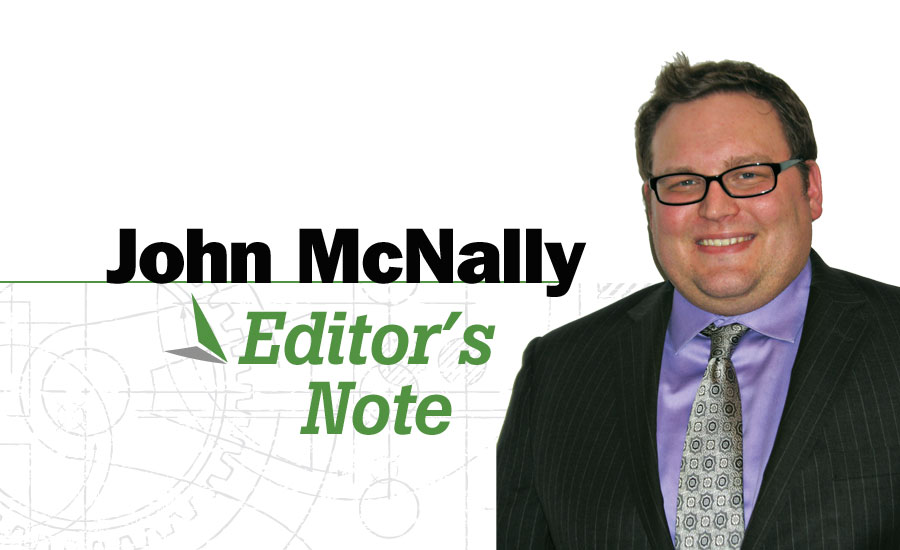When I worked in the daily newspaper industry everyone had to be vigilant and monitor the news of the day. From the police scanners, trusted sources and eventually Twitter, when the pages had to be finalized we had to make sure the most up-to-date information was going to print.
In the engineering industry we all can agree news does not develop so fast. That was the case until now.
You may recall in this space last month I wrote about how the engineering community should do its part in helping California save dwindling water resources. I stand by that assertion, but an executive order has got the ball rolling.
On April 8, California Gov. Edmund G. Brown mandated that as of Jan. 1, 2016, all toilets, urinals and faucets available for purchase – both for homes and businesses – must meet the California Energy Commission water efficiency standards. These new standards go beyond the WaterSense requirements.
If you missed this major news story, please read our piece that covers all angles on page 14.
In short, the CEC standards for nonresidential applications are as follows:
• Toilets (except for prisons and mental-health facilities) shall not consume more than 1.28 gpf and urinals shall not consume more than 0.125 gpf;
• Public lavatory faucets shall not exceed 0.5 gpm.
On one hand, I was surprised to see such swift, immediate action taken by Brown’s executive order. It is a rarity in this business. But once the dust settled, it made complete sense. As I wrote in last month’s column, experts say California is down to a one-year supply of water because of the long-term drought conditions crippling the region.
Now, it is time for the industry to adjust. And it will not be easy. Manufacturers are frustrated by the move for many reasons, one being the short timeframe they have to create products to reach these new, lower limits.
Brown’s decree will test the engineering community. With less water in the application, engineers will have to be on point to protect end-users from water-borne diseases such as Legionella and scalding.
As Dave Viola, IAPMO’s COO and senior vice president of business strategy told pme, California historically sends out the test balloon. Once new measures are implemented and the markets begin to transform, other states move to adopt similar measures.
“California creates political cover for other states to follow suit,” Viola said. “I’m convinced other states and localities will follow and it could happen very quickly, especially in the West where other states are experiencing similar water shortages.
“This pattern has repeated itself over and over.”
Officially, this is not the new normal for the industry, but it is trending that way. It is time to prepare. You know from history that as California goes so does the nation and history has a way of repeating itself.
Make sure to keep close tabs on the developments in California. Talk to any fellow colleagues in the Golden State that will be facing these new requirements head-on.
In all, just be ready. The times they are a-changing.
This article was originally titled “The new normal?” in the May 2015 print edition of pme.



